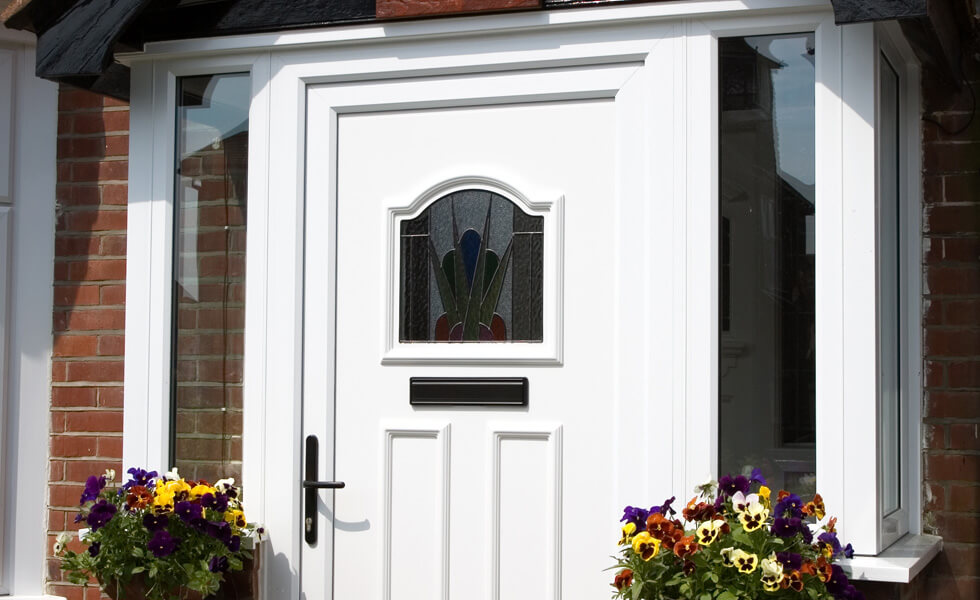Process Chart
Step By Step Guide On How To Use Our Paint
In order to ensure that you complete the job to a very high standard, the Aerosol Expert has decided to lay out the process of painting as simple as possible.
For each different substrate, the process can be different so please ensure you check the correct process chart before painting.
The Team at The Aerosol Expert have put together a number of process charts to guide you through the paint process.
Painting Plastic Substrates

Painting Wood Substrates

1. For a basic Wood paint job, you will need a sheet of coarse grit wet & dry paper (P80-P320), the desired amount of cans to complete the job and some sheeting to make sure surrounding areas are free from over spray. Make sure you have everything you need before you begin painting.
Painting Your Car

-
Sand the car using P400-P600-grit wet & dry paper.You will slowly start to see the paint flaking away from the car. Once most of the paint has been removed, switch to P1200-1500-grit wet & dry paper. Make sure that any rust on the car is thoroughly sanded off. This is a long process but will make your paint job look much better.
- Removing rust can sometimes leave holes in the metal. Fill these holeswith a body filler (Mipa P99). Follow the instructions on the tin to mix the filler. Smooth over the hole/surface and remove any excess filler using a filler spreader. Allow the filler to dry for 1 hour before rubbing it over with P1200-1500-grit wet & dry paper.
- Clean the surface of the car using a tack rag or dry cloth.If there is any wax or stubborn dirt, try wiping it off using a degreaser or thinner. Wipe the degreaser or thinner over the area using an old cloth. You will only need a small amount as it is extremely potent.
- Cover any areas not being painted using masking film/sheeting or paper and masking tape. Do not forget to cover any areas that aren’t metal, such as car bumpers, wheel rims, side mirrors, and window frames.
- Aerosols work best in warm, dry and sheltered conditions. If possible, work inside a well-ventilated garage if it is cold and damp outside. Avoid humidity if possible as this makes it harder for the paint to dry. Make sure that your car is away from anything that you don’t want paint on. Apply 2-3 coats of primer, waiting 15 minutes between each coat. Apply the primer to the car from 25-30 cm away. Spray the primer over the entire surface that you will be painting. Gently push down the spray button and move the can across the area using even, back and forth strokes. Move at a consistent pace to achieve an even coat.
- Sand the area with P1200-P1500 wet and dry paper until it is smooth. Wet the sandpaper and rub it back and forth over the area until the primer coat is smooth and even. If you are sanding a large area, you may need multiple pieces of sandpaper to achieve a smooth finish.
- Remove the residue with a tack cloth, ensuring the surface is clean and dry.
- Shake the paint can for at least 3 minutes.The pigments in the paint separate over time so you will need to shake the can vigorously to re-combine them. If you have already shaken and used the can within the last 12 hours you will only need to shake the can for 1 minute.
- Test the paint on a spray out card/panel.Hold the can about 25-30 cm away from the card and spray the paint. Check the card to make sure that the paint has sprayed evenly. If it is patchy, shake the can for a few more minutes. Be sure to check for colour accuracy if matching to an already painted vehicle.
- Spray the paint onto the car, using horizontal strokes.Hold the can so that it is parallel to the car’s surface and about 25-30cm away from the car. Push down the spray button and spray the paint over the car using even, back and forth strokes. Take care to keep the can parallel to the car as you move your arm across the area. Continue spraying until the area has a light even coat. Try to move the can at a consistent speed. Move your arm across the area at a consistent speed to achieve an even coat.
- Apply at least 2 coats of paint, with a 10-minute break between coats.Applying multiple coats of paints will give an even surface to the car. Wait 10 minutes before applying the next coat. The paint should still be slightly sticky, this helps the next coat to stick and blend into the previous coat. If the surface still looks patchy after 2 coats, apply another coat after 10 minutes. Wait 30 minutes for the paint to dry before applying the clearcoat.
- Last but certainly not least. Spray a coat of clear paint over the area using a horizontal motion.Push the spray button and move the can along the area in a smooth motion over the surface you have already painted. This will help to protect the paint from the UV rays in the sun and give it the glossy look you would expect. Leave this coat to dry for 24 hours before using the car.



